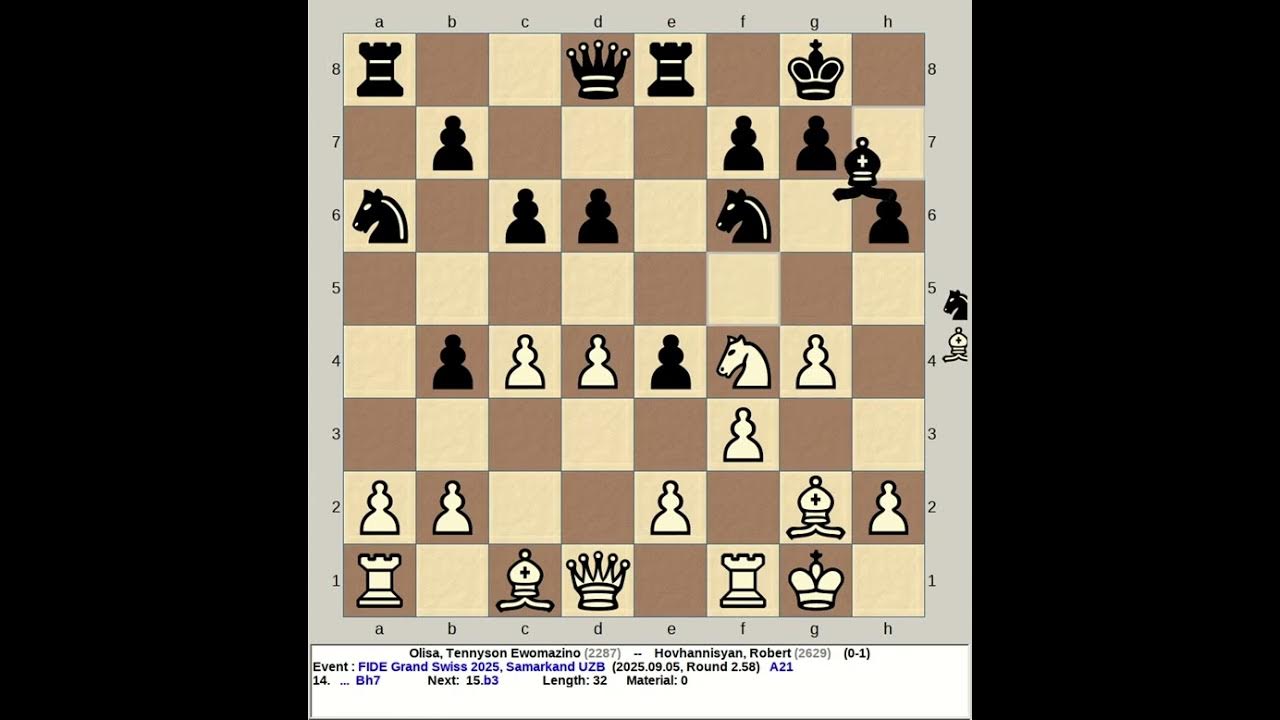In the high-stakes arena of international chess, few tournaments carry the weight and prestige of the FIDE Grand Swiss and its counterpart, the FIDE Women`s Grand Swiss. As these titans of the chessboard navigate through the intricate landscape of their 11-round Swiss system challenges, the air crackles with anticipation. We find ourselves deep in the fray, at Round 11, where every pawn move and every knight`s maneuver could spell triumph or heartbreak. This isn`t merely a contest of intellectual prowess; it`s a marathon of mental endurance, a crucible forging future legends.
The Stakes: A Ticket to Chess Immortality
At the heart of the Grand Swiss lies an irresistible prize: two coveted spots in the 2026 Candidates Tournaments. For the uninitiated, the Candidates Tournament is the penultimate step on the grueling path to becoming a World Chess Champion. It`s where the contenders truly emerge, battling it out for the right to challenge the reigning champion. Think of it as the ultimate audition, where only the sharpest minds and most resilient spirits prevail. The pressure is immense, a silent adversary as formidable as any grandmaster across the board.
The Marathon of Minds: Tournament Format and Time Controls
The Grand Swiss is an 11-round Swiss open, a format known for testing consistency and adaptability. Players aren`t eliminated; instead, they face opponents with similar scores, ensuring a continuously challenging field. But it`s the time controls that truly separate the casual player from the seasoned professional:
- Open Section: A generous 100 minutes for the first 40 moves, followed by a slightly less forgiving 50 minutes for the next 20, and then a brisk 15 minutes for the rest of the game. All this is punctuated by a 30-second increment from the very first move – a small comfort in a sea of ticking clocks.
- Women`s Section: A focused 90 minutes for the initial 40 moves, with 30 minutes for the remainder of the game, plus the ubiquitous 30-second increment.
These aren`t merely rules; they are strategic elements. Managing one`s time under immense pressure, knowing when to delve deep into a calculation and when to trust intuition, is as critical as any tactical combination. A misstep in time can be as fatal as a blundered queen.
Deciphering the Drama: The Art of Breaking Ties
In a tournament where every half-point matters, ties are inevitable. And how does one separate equally brilliant minds? The FIDE Grand Swiss employs a sophisticated system: Average Rating of Opponents Cut 1 (AROC 1). This means that if players finish with the same number of points, their lowest-rated opponent`s score is discarded in the calculation of their opponents` average ratings. It`s a clever mechanism designed to reward players who have consistently faced and performed well against stronger competition, ensuring that the “luck of the draw” has minimal impact on who advances.
“Chess is a war on the board. The winner is the one who makes the next to last mistake.” – Savielly Tartakower. In the Grand Swiss, even the tie-break rules are designed to identify who made fewer, or perhaps, less impactful, mistakes.
The Rhythmic Grind: A Glimpse at the Schedule
The tournament is a relentless intellectual pursuit, with rounds played daily from early September, interrupted only by a single, much-needed rest day. This schedule demands not just peak performance during games, but also disciplined recovery and preparation off the board. Imagine the grandmasters, after hours of intense battle, returning to their rooms not for leisure, but to analyze, prepare, and steel themselves for the next day`s encounter. It`s a testament to their dedication to this ancient game.
As Round 11 unfolds, the global chess community watches with bated breath. Who will rise to the occasion? Who will falter under pressure? The FIDE Grand Swiss is more than just a tournament; it`s a narrative of human endeavor, strategic brilliance, and the relentless pursuit of chess supremacy. The path to the 2026 Candidates Tournament is narrow, and only the truly exceptional will walk it.

